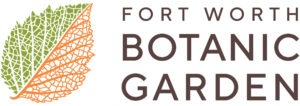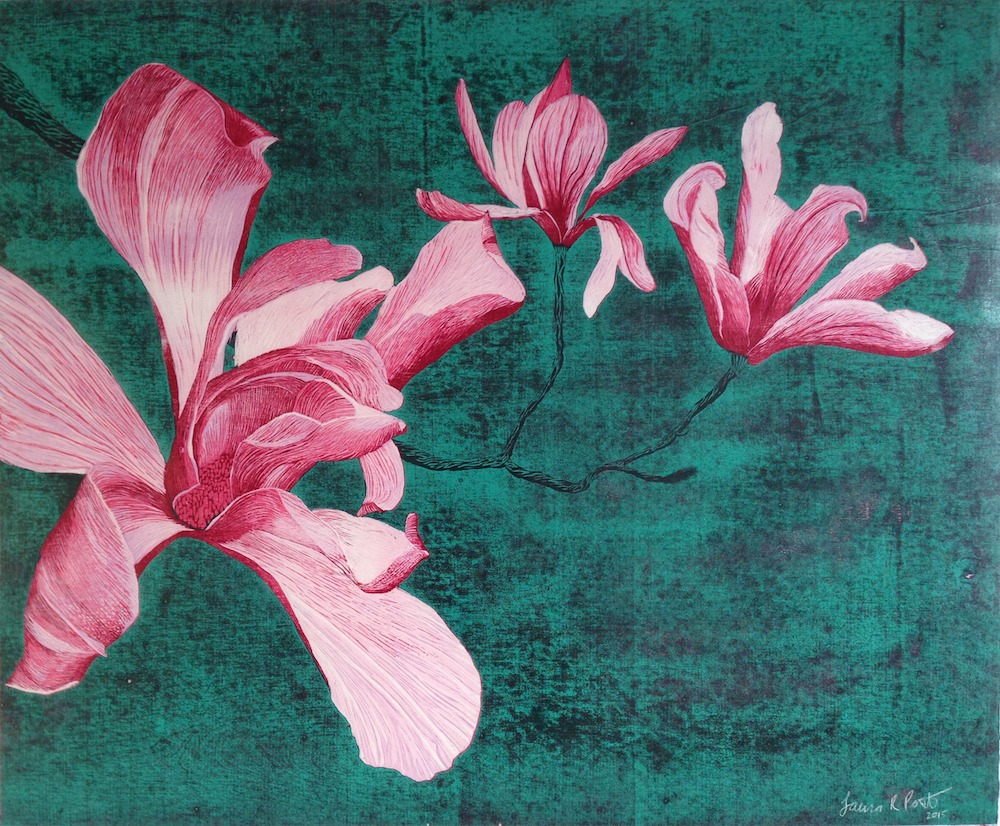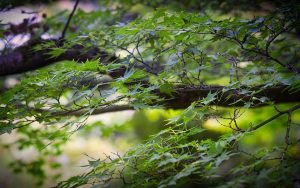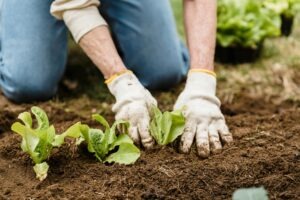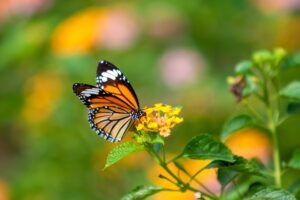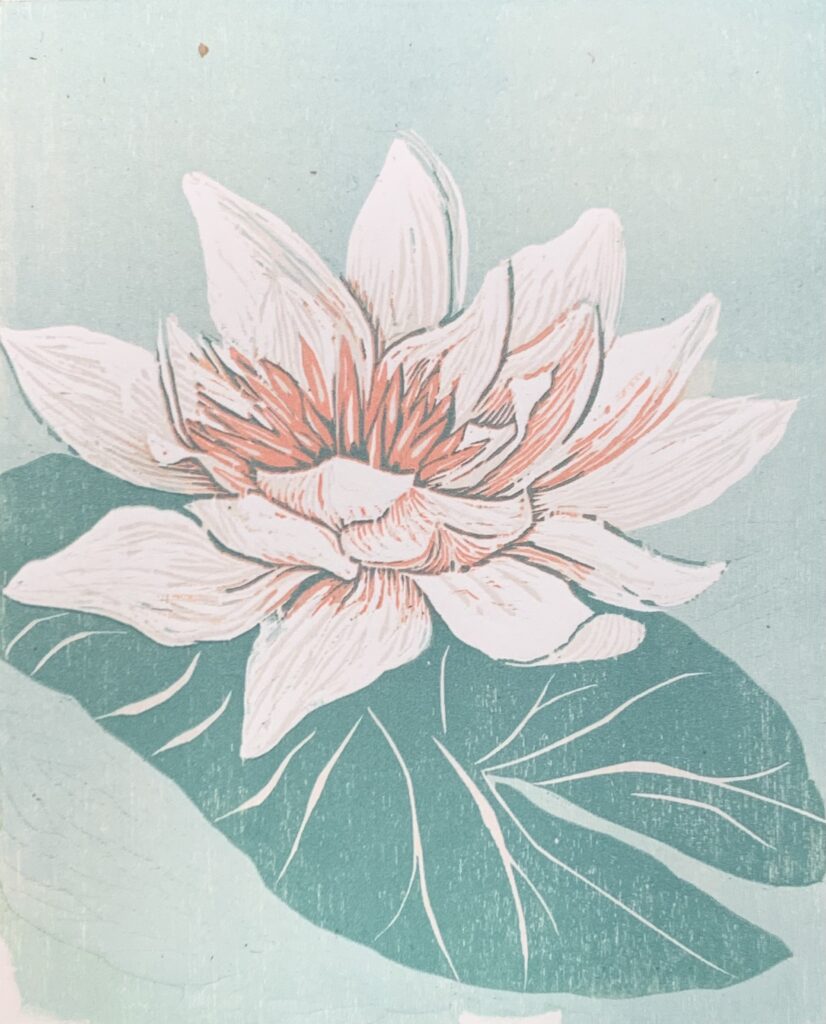
Many people appreciate books as treasuries of stories and archives of human thought. But books can be more than the words or images reproduced on their pages–they can themselves be works of art. The cover, the pages, the binding, even the paper itself can be an expression of creativity.
Fort Worth artist and printmaker Laura Post will share ideas and processes for creating one-of-a-kind books inspired by the flowers, trees and shrubs of the Botanic Garden at a two-day workshop on Aug. 11 and 12.
The first day of the workshop will focus on printmaking. Post will introduce students to a variety of techniques including rubbings and monoprinting. The second day will be devoted to taking those images and using them to create books. Post will discuss options for folding paper, arranging pages, adding covers and binding the books.
Image-Making
Aug. 11, 6 – 8 pm and
Aug. 12, 1 – 4 pm
“Some people might want to use an image they’ve printed on the cover, and then the inside could be blank paper that they could use as a sketchbook, journal or field notebook,” says Post. “Or the pages could be prints themselves, almost like a portfolio.”
“That’s why it’s really fun to do these workshops,” Post adds, “because people come up with all kinds of things. They have ideas that I’ve never thought of.”
Plants will provide more than just inspiration for the workshop. “Students can use plants themselves in creating their prints, by taking rubbings or by actually putting ink onto leaves or stems and printing directly from the plant,” says Post.
Post will also bring along ink that she has made from pecan shells and acorn caps if students want to explore pen and ink drawing with plant-based inks.
Post emphasizes that the course is open to all no matter their art background–even those who claim they can’t draw. “First of all, everyone can draw,” Post says. “You just may not know it yet. Second, by using these physical objects themselves in the printmaking–the leaves, flowers, stems and so on–you don’t need to draw if you don’t want to.”
Post recommends students wear clothes they don’t mind getting dirty. She also invites participants to bring along natural materials that they want to include in their printmaking. “Things that have texture will make the most interesting prints,” she says. “Even the very slight texture of veins in leaves is enough.”
Students will leave inspired to continue their journey with printmaking and bookbinding–and with a new appreciation for the art of books.
